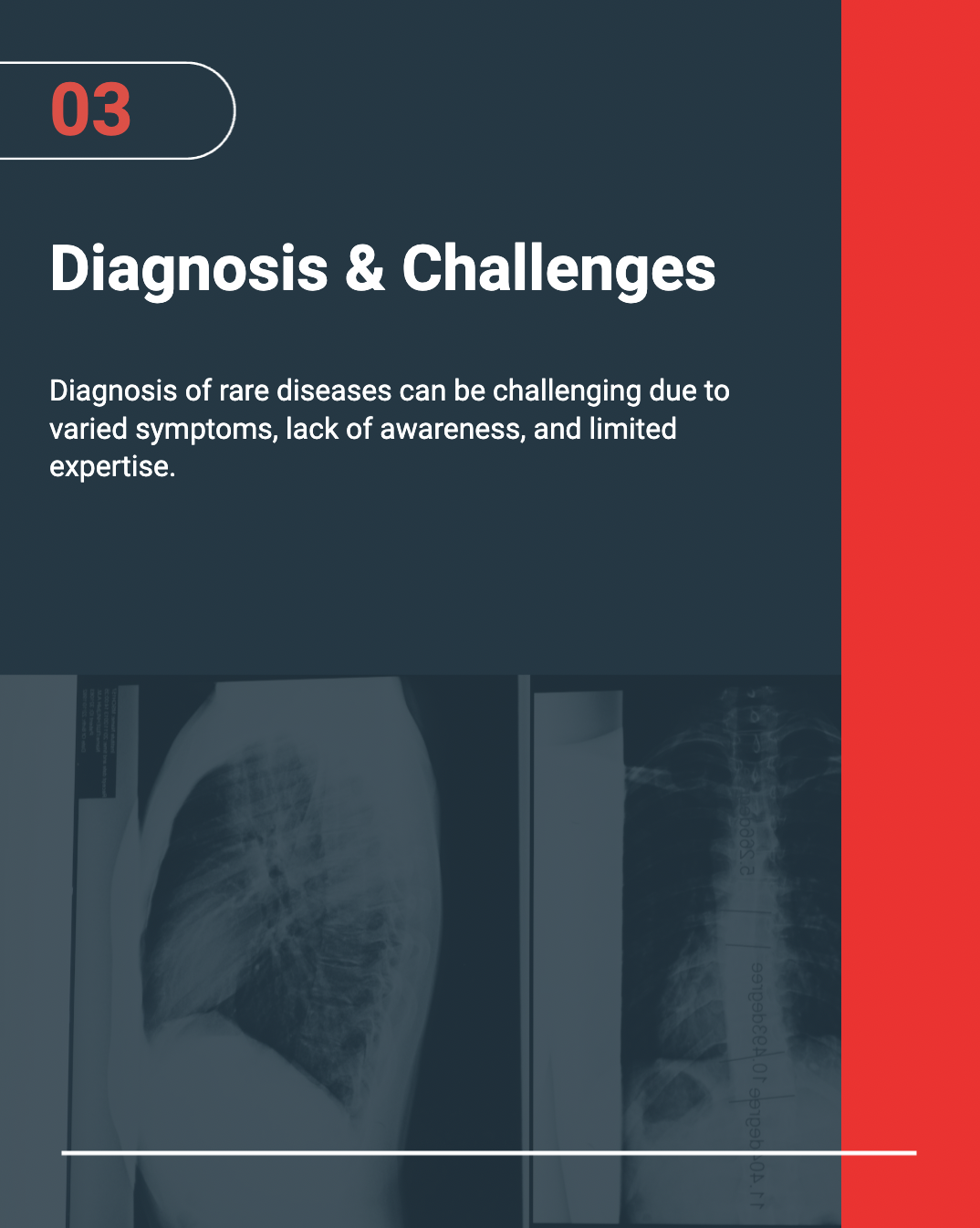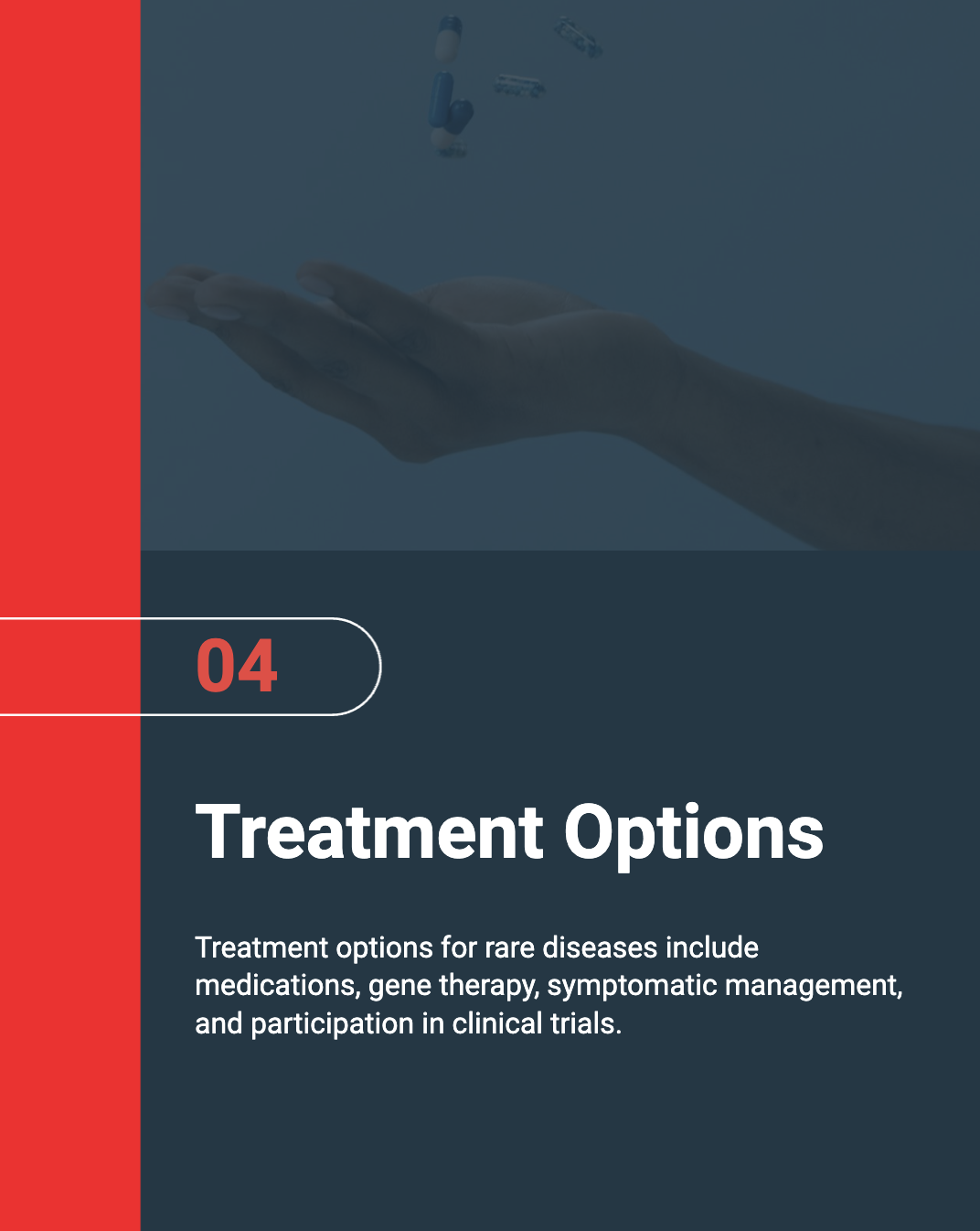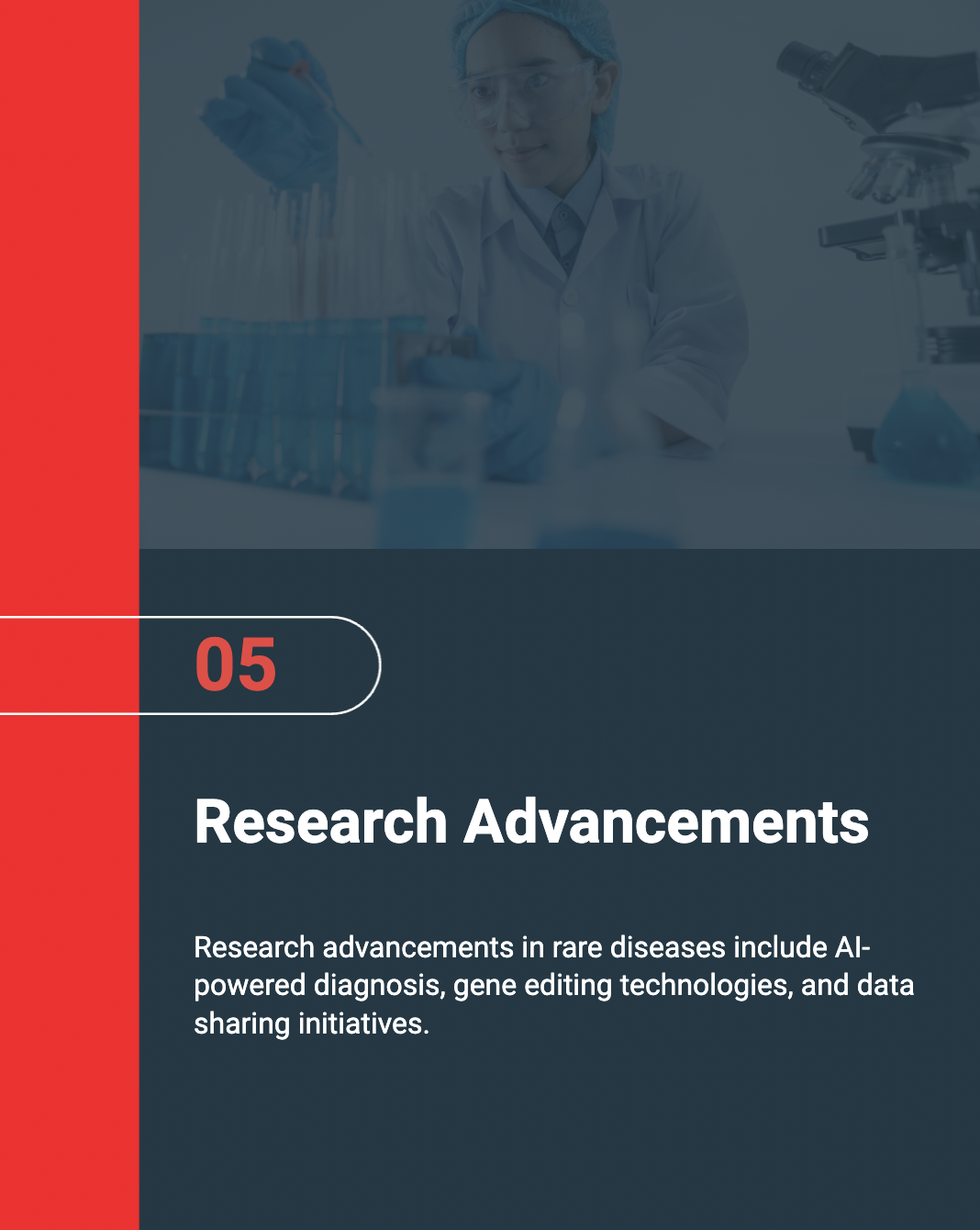Rare diseases, often referred to as orphan diseases, affect millions of people worldwide. Despite their individual rarity, their collective impact is significant, leading to profound challenges for patients, caregivers, and healthcare systems. In this comprehensive guide, we’ll delve into the causes, symptoms, diagnosis, treatment options, and ongoing challenges associated with rare diseases.
Rare diseases are medical conditions that occur infrequently in the general population. The definition varies by region:
With over 7,000 identified rare diseases, these conditions collectively impact approximately 10% of the global population.

The majority of rare diseases are caused by genetic abnormalities. Mutations can be inherited or occur spontaneously during conception.
Examples: Cystic fibrosis, Huntington’s disease.
Rare diseases may also result from environmental factors like toxin exposure or infections.
Example: Minamata disease, linked to mercury poisoning.
A significant portion of rare diseases remains idiopathic, meaning their causes are not yet fully understood.

Rare diseases often present with diverse and complex symptoms, which can vary widely between individuals. Some common signs include:
Early recognition is crucial for timely intervention.

Doctors begin with a detailed history and physical examination, considering symptoms and family history.
Advanced genetic tests, such as whole-exome sequencing, can identify mutations responsible for many rare diseases.
Patients are often referred to specialists or rare disease centers for further assessment.
Due to the rarity of these conditions, patients often experience significant delays in diagnosis, with an average wait time of 5–7 years. Several factors contribute to these challenges:

Many rare diseases lack approved treatments, but progress is being made with orphan drugs, which are developed specifically for rare conditions.
Example: Ivacaftor for cystic fibrosis.
Gene therapy holds immense promise, targeting the root cause of genetic diseases.
Example: Zolgensma, used for spinal muscular atrophy (SMA).
In the absence of curative treatments, managing symptoms and improving quality of life become primary goals.
Participation in clinical trials offers hope for patients without existing treatment options.
Advocacy organizations play a pivotal role in supporting patients and advancing research. These groups:
Notable organizations include:
As mentioned earlier, misdiagnosis and delayed diagnosis are significant issues.
Orphan drugs and gene therapies often come with exorbitant price tags, placing a significant financial burden on families. The costs of repeated medical consultations, diagnostic tests, and travel to specialized healthcare facilities further add to the strain.
Healthcare providers and the public often lack awareness about rare diseases, complicating early detection and intervention.
Celebrated annually on February 28 (or 29 during leap years), Rare Disease Day raises awareness and promotes inclusivity.
Governmental and private organizations are funding initiatives to accelerate research.
Example: EURORDIS, a European alliance for rare disease advocacy.
Global databases, such as Orphanet, are critical for cataloging rare diseases and aiding research efforts.
Living with a rare disease requires resilience, support, and effective management strategies. Key tips for patients and caregivers include:

AI-powered tools are helping physicians identify rare diseases more efficiently by analyzing medical data.
The CRISPR technology offers transformative possibilities, allowing scientists to correct genetic mutations.
Biobanks collect biological samples, fostering collaboration among researchers to accelerate breakthroughs.
| TESTING METHOD | PURPOSE | ADVANTAGES | DISADVANTAGES |
|---|---|---|---|
| Chromosomal Microarray | Detects chromosomal changes | High resolution | Limited to structural variations |
| Whole-Exome Sequencing | Analyzes protein-coding genes | Comprehensive and detailed | Expensive |
| Targeted Gene Panels | Focuses on specific genes | Cost-effective for known conditions | May miss broader mutations |
Rare diseases are not as uncommon as they seem when considered collectively. Advancements in research, treatments, and advocacy are creating hope for millions of individuals and families worldwide. Continued global efforts, increased awareness, and innovations in medicine are key to improving outcomes for rare disease patients.
While rare diseases are individually uncommon, cystic fibrosis and sickle cell anemia are among the most prevalent.
You can explore opportunities through platforms like ClinicalTrials.gov, clinicaltrialsregiter.eu, centerwatch.com, or connect with rare disease advocacy groups for guidance.
No, some rare diseases are caused by infections, environmental factors, or unknown causes, though the majority are genetic.
Prevention is challenging for genetic rare diseases, but some conditions caused by environmental factors can be mitigated through lifestyle changes or early intervention.
Advocacy groups provide support, raise awareness, fund research, and connect patients with resources and specialists.
 16.12.2024
16.12.2024